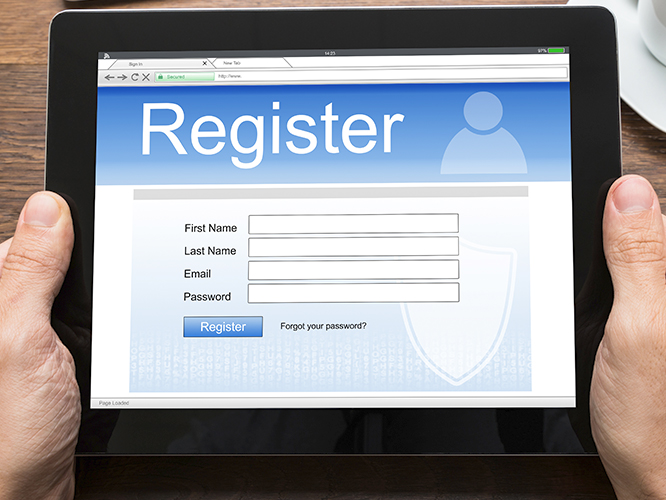BLOG ARTICLE
Five Steps to
Marketing Automation Success
How to Elevate This Essential Tech Tool
Lynn Amaya, Director — Web Product Management
Marketing automation isn’t a new concept. In fact, it’s been around since the 1990s. However, over the past few years, it’s begun to reach its full potential. Marketing automation streamlines marketing activities and processes that normally require manual intervention, freeing up staff to focus on business-critical responsibilities.
What started as simply putting a campaign on autopilot has evolved into a strategic application of technology and omnichannel marketing that enhances the prospect and customer experience. It’s all about working smarter, not harder. Here are five steps to help ensure your efforts are successful.
- Alignment: First things first. In order for marketing automation to be successful, your sales and marketing teams must be aligned. Both departments are on the front line with prospects and customers and can offer valuable insights on product positioning and marketing messages. Your marketing automation program should be specific to your buyer’s journey and where recipients stand in the sales funnel.
- Segmentation: Next, understand and segment your audience. After defining your ideal customer and developing personas, consider how messaging would differ by industry, company size, job title, stage of life and/or other criteria that’s relevant for your business. Take channel preference into account, too.
- Personalization: Expectations are higher than ever to deliver content that is relevant and timely. Marketing automation allows you to deliver personalized, optimized content geared to specific segments or individuals. Use available tools to gather information on website activity, social media behavior and buyer intent, as well as previous purchases from customers.
- Omnichannel Approach: Another phase of marketing automation evolution is branching out beyond email. What used to be called “integrated” marketing is now “omnichannel” marketing, which leverages digital, social, video and traditional offline tactics like direct mail. This is key because 55% of senior decision-makers look to their social networks before making a purchase, according to an online study from International Data Corporation (IDC).
- Lead Scoring: The goal of most marketing automation programs is to generate better-qualified leads in the shortest amount of time possible. Lead scoring can help determine where people stand in the sales funnel and how engaged they are with the content your company is sharing. To build your database, track behaviors such as visiting your website, returning to your website, extending the length of time per visit, downloading content, attending a webinar, watching a video and completing a contact form.
“Marketers — with their unique perspectives of customer needs, behaviors and trends — are particularly well-positioned to take a leading role in customer experience initiatives.” — State of Marketing Report (Salesforce.com)
Still not convinced that marketing automation matters? Consider this: In 2013, Walker released an eye-opening preview of B2B customer experience in the year 2020. In their follow-up report, they boldly stated that customer experience will be the number one differentiator among businesses, beating both price and features as the most important purchase-decision factors.
Marketing automation lets you proactively present timely, relevant content that provides true value to your target audience, making their lives easier. At the same time, it improves the productivity of your own staff, stretching your resources to deliver more.


